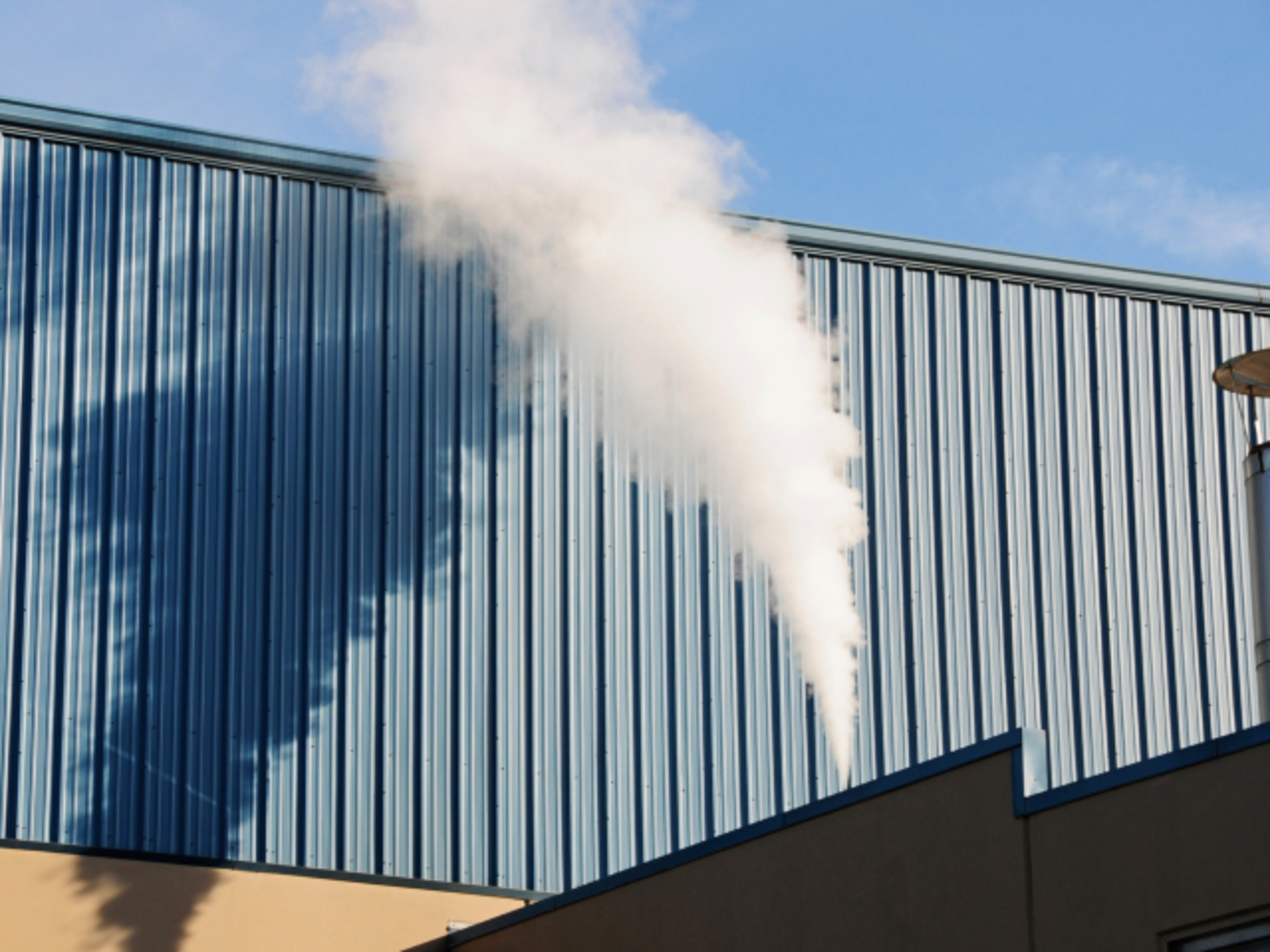In industrial facilities, steam systems account for 30% of the total energy used in production. For industries such as chemical and petroleum, steam generation accounts for an even larger percentage of energy costs. For this reason, industrial facilities are always looking for ways to reduce the cost of creating steam. Recovering and using vented steam is one effective way to improve overall system efficiency and save money.
Picking up steam
Most industrial facilities vent excess steam into the atmosphere as a way to balance the steam load of boilers when the load exceeds capacity. This wasted steam can be used for other processes. A small amount (500 lb/hr) of flash steam being vented to the atmosphere can cost over $25,000 annually while a higher level of vented steam from an atmospheric condensate receiver can cost over $150,000 annually.
In the case of low-pressure vented steam, potential applications include driving evaporation and distillation processes, producing hot water, providing space heating, producing a vacuum, or chilling water.
Thermocompressors can be used to increase the pressure and temperature of the steam if the pressure is too low for the intended application. These devices are inexpensive, simple to construct and install, and have long operating lives with no moving parts. In the case of a plant venting 10,000 lb/hr of steam, boosting the steam pressure to 15.3 psig eliminates steam venting, saving 10.7 MMBtu/hr.
Vacuum jet ejectors are another option for reusing vented steam, as long as pressure of the waste steam ranges from 15 to 50 psig. These devices are best used for processes that require mild vacuum conditions, 1 to 3 psig below ambient.
Avoid the steam trap
Do you have a steam trap maintenance program in place? In systems that have not received maintenance in three to five years, up to 30% of steam traps may have failed, according to the U.S. Department of Energy (DOE).
Failed steam traps waste energy by allowing live steam to escape into the condensate return systems. Since many steam systems have hundreds of traps, the energy — and money — loss can be substantial.
Inspect and test steam traps regularly to ensure that they are functioning properly. Steam trap replacement can pay for itself quickly. For facilities that don't currently have a regular steam maintenance program, an annual steam trap survey can save 5% to 15% of system fuel costs.
Efficiency measures such as recovering vented steam and repairing steam traps can serve as a starting point for an overall steam system improvement program.

